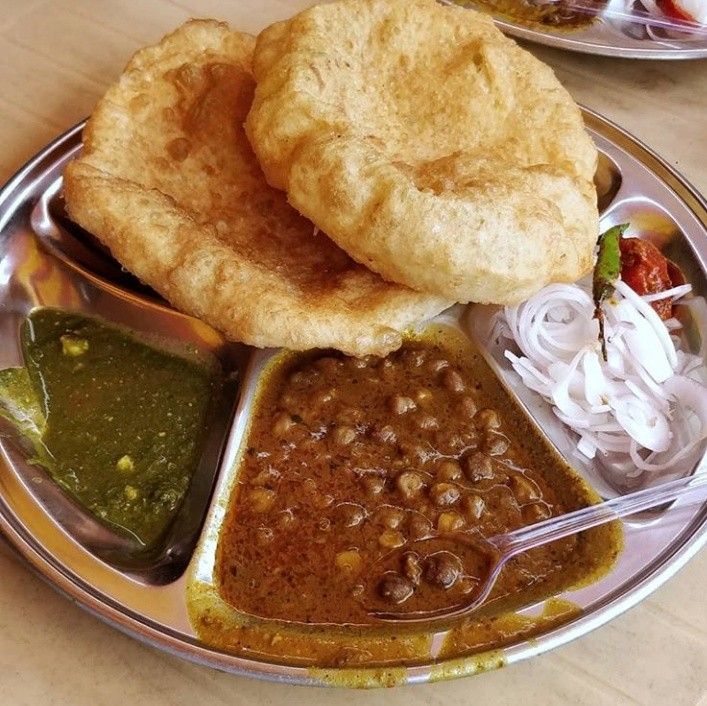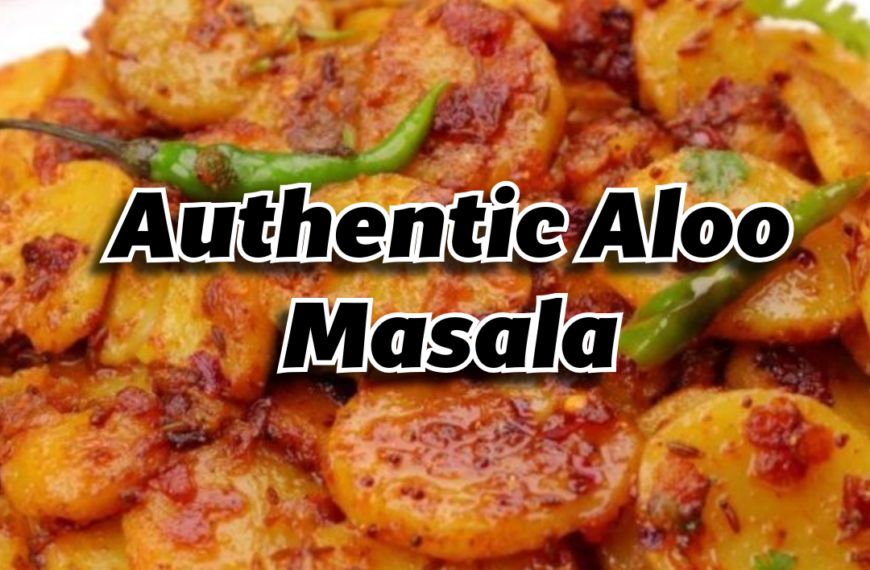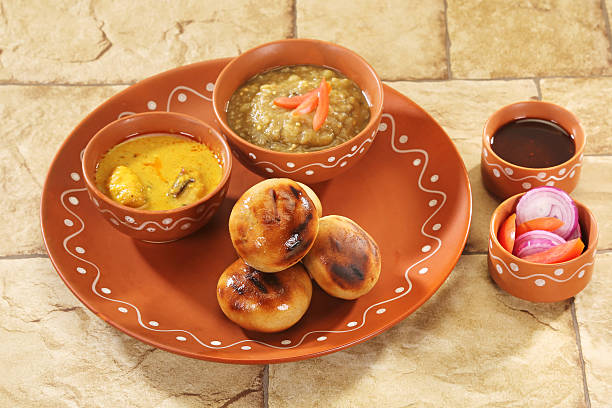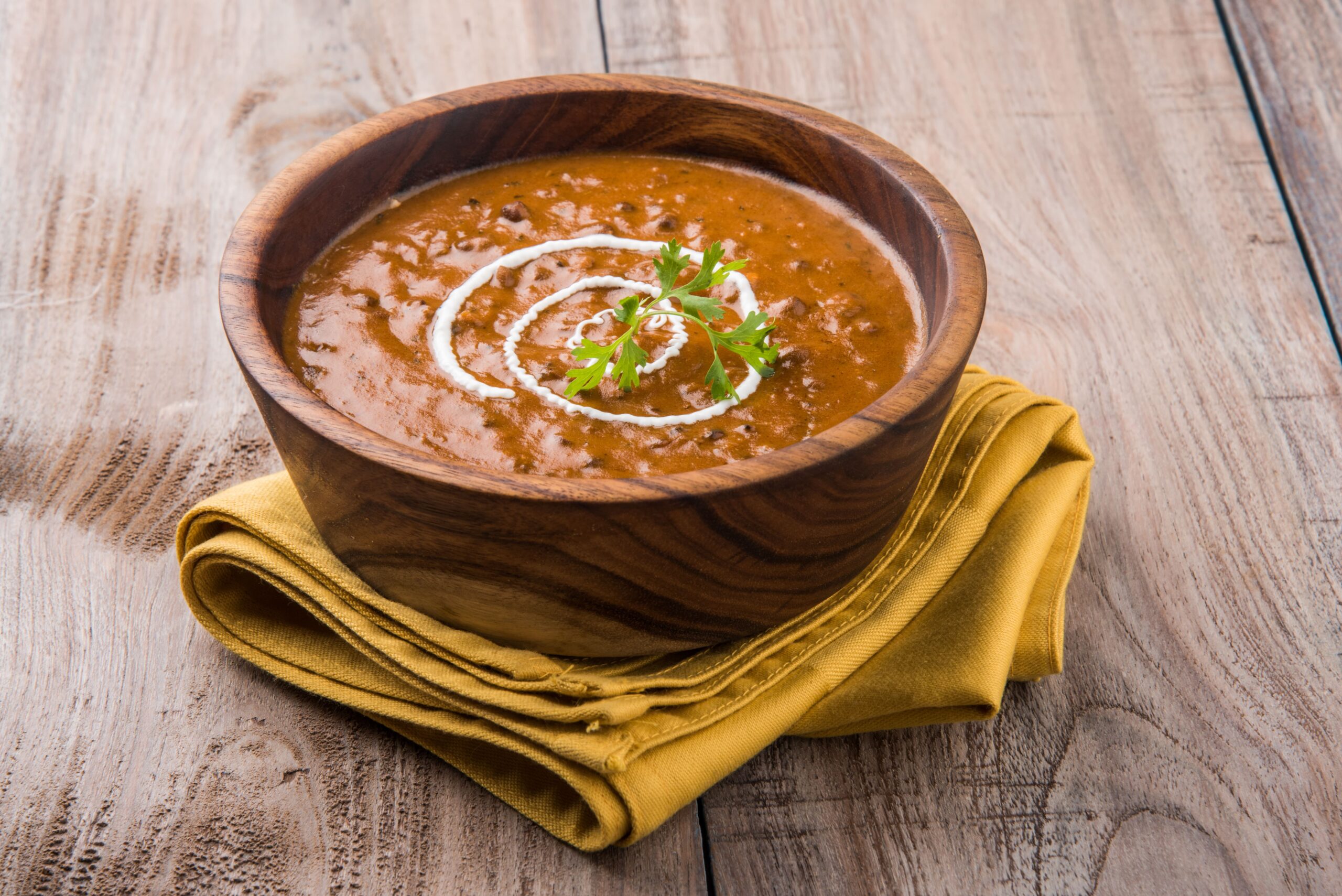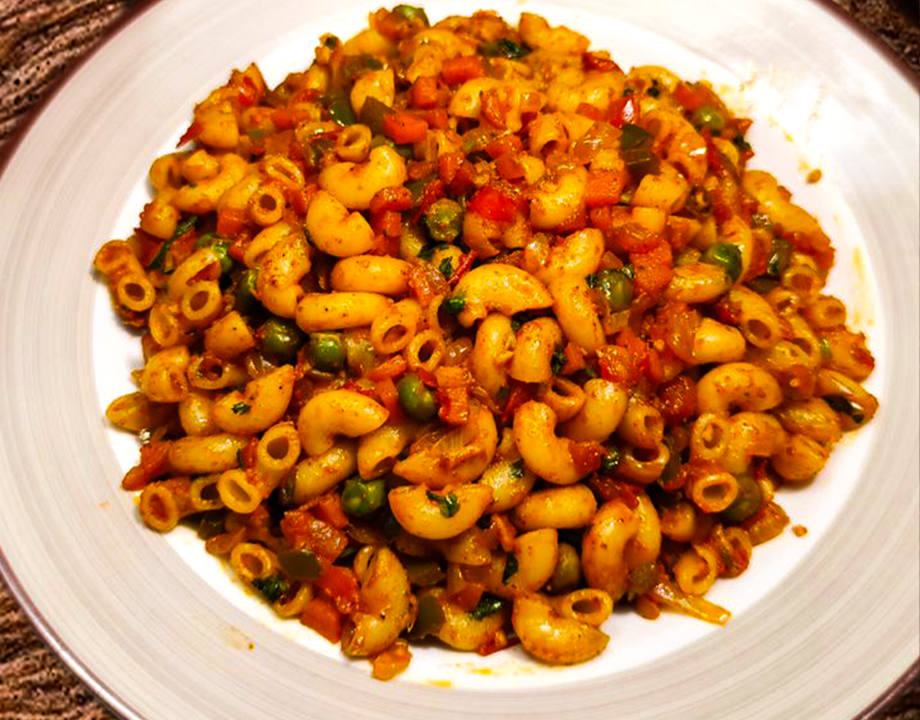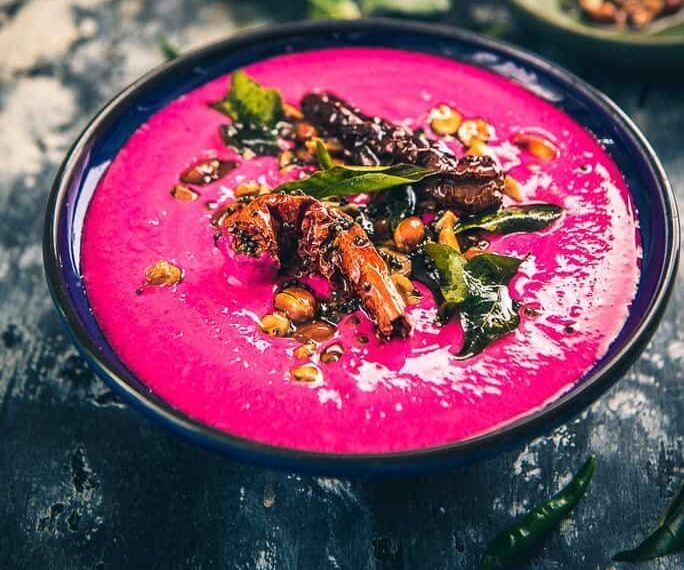Introduction

Standing in a magnificent valley with mountains behind you as bright mist moves slowly through the air and the mountain breeze creates a chill on your body feels like an incredible experience. You find yourself standing at 8000 feet elevation during conditions with temperatures just exceeding freezing. Cold fingers become numb while abruptly someone sets down a hot pahado wali Maggi plate in your hands.
A burst of multiple flavors will automatically stimulate your taste buds when you put your first bite into your mouth. The spicy warmth of green chilies, the tanginess of tomatoes, the crunch of fresh mountain vegetables, and the creamy richness of butter—all blending perfectly with the familiar taste of Maggi noodles. Consuming Maggi exceeds food limits because it delivers comfort and nostalgic feelings that bring unfettered happiness in one serving.
The mountain people find Pahado Wali Maggi to be both an emotional experience and their preferred tasty snack while they travel. Pahado Wali Maggi provides a perfect dining experience that enhances your mountain journey across the Himalayas and Himachal Pradesh and Uttarakhand roadside tea stops.
Has the history behind this basic two-minute noodle ever captured your interest as it took its place as the essence food of mountainous regions? Maggi originated in Switzerland yet entered Indian mountain culture and now plays an essential role in Indian highlands tradition. The following article reveals the enchanting history of Pahado Wali Maggi as well as its home cooking process with step-by-step instructions.
The Story Behind Pahado Wali Maggi
The Swiss company established Maggi noodles as their first product under the leadership of Julius Maggi in 1884. The creators wanted to develop a fast and dietary culinary solution for manual laborers. During 1983 Maggi entered the Indian market where people swiftly embraced its characteristic combination of convenience with its gratifying flavor.
The entire nation embraces Maggi but the mountains share an exclusive affinity with this beloved brand. Why? Hill stations maintain a deeper relation with Maggi beyond their status as convenient products. Mountain travelers seek warm and spicy food that also satisfies their hunger needs. Maggi solved all the cooking needs of families since it required minimum preparation time while offering infinite ways to customize meals.
The locals from hill regions started developing unique Maggi preparations which included adding local spices and mountain herbs and fresh vegetables to the instant noodles. Roadside selling points known as Maggi Points began operating in hill station locations, including Manali, Mussoorie, Nainital, and Shimla which convinced visitors to try this popular dish.
Pahado Wali Maggi now exists as a traditional hill cuisine and stands beyond its basic food function. Hot and spicy Maggi serves as a perfect mountain food experience that enhances the magical aura of any trekking pause or snow day spending time in mountain peacefulness.
Why is Maggi So Special in the Hills?
The popularity of Maggi as an unreplaceable aspect of mountain living derives from multiple critical factors:
1. Quick and Easy to Prepare
Preparation of food at high mountain elevations becomes difficult due to delayed cooking times. Maggi provides an excellent solution because it needs only brief preparation time.
2. A Warm Hug in Cold Weather
During cold temperatures your fingers will warm up only when you hold steaming hot Maggi. Hot Maggi gives immediate relief whenever the body needs soothing comfort.
3. Enhanced with Local Flavors
Visitors should prepare for an entirely different Maggi experience compared to the home-made version found in ordinary neighborhoods. Local people enhance Maggi with fresh ingredients that include capsicum alongside onions and tomatoes along with green peas while using either local cheese or regional mushrooms. The result? The hill station version of Maggi delivers a richer experience with enhanced spice level that produces a more rewarding eating experience.
4. Affordable and Easily Available
Maggi is accessible at every hill station through small tea stalls and street vendors operating everywhere. Maggi offers an inexpensive meal choice available throughout wide areas which satisfies traveling stomachs.
5. Perfect for Trekkers and Campers
The trekking community relies on Maggi as a crucial lightweight item that is simple to transport. Visitors to Himalayan campsites and base camps use Maggi to get instant energy through quick consuming methods without carrying cumbersome kitchen utensils.
You may also like: Top 10 Must-Have Foods for Teenagers: Eat Right, Stay Active
How to Make Authentic Pahado Wali Maggi at Home
You cannot visit the mountains at present but kitchen preparation can deliver its natural beauty. Home preparation of Pahado Wali Maggi requires simple extra additions that reproduce its original taste successfully.
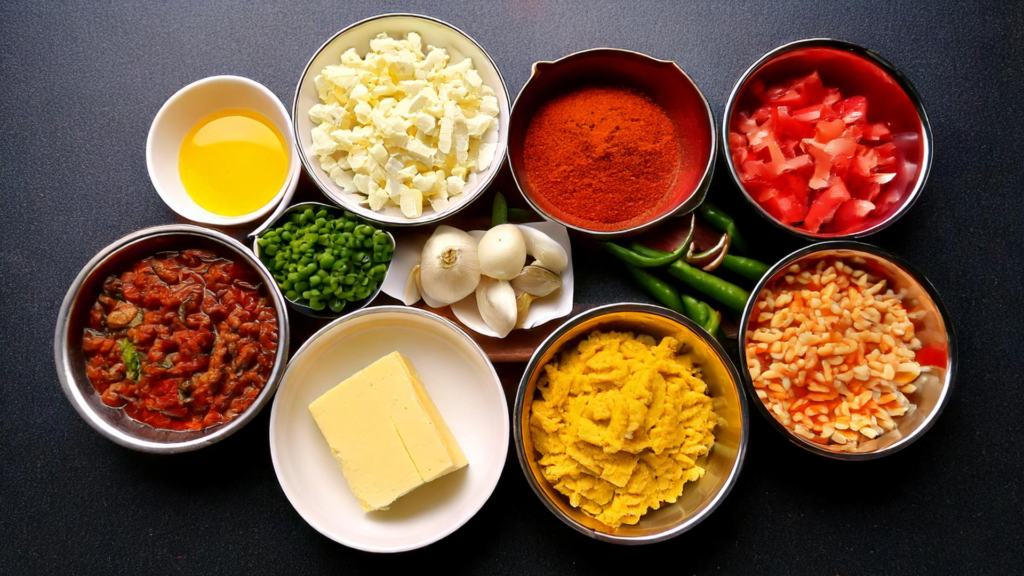
Ingredients (Serves 2)
- Maggi Noodles – 2 packets
- Butter – 1 tablespoon (for a rich, creamy texture)
- Garlic – 4-5 cloves (finely chopped)
- Ginger – 1 teaspoon (grated)
- Green Chilies – 1-2 (chopped)
- Onion – 1 medium (thinly sliced)
- Tomato – 1 small (chopped)
- Capsicum – 1 small (diced)
- Green Peas – 2 tablespoons (optional)
- Garam Masala – 1 teaspoon
- Coriander Leaves – 2 tablespoons (chopped)
- Water – 2 cups
- Cheese (optional) – For garnish
Preparation Time: 15 minutes
Step-by-Step Cooking Instructions
Step 1: Prepare the Base
- Place the pan on low flame and melt the butter. Melt so it buns and become slightly brown with a more rich aroma.
- Finely chop garlic, ginger and green chilies. Sauté for 30-40 seconds until fragrant.
Step 2: Cook the Veggies
- Then add the olive oil and sliced onions then cook them until they are golden.
- Stir in the capsicum and tomatoes until soft.
- Adding green peas if you are using them at this stage and mixing well.
Step 3: Add the Magic Masala
- Mix maggi tastemaker and garam masala powder into the pan. Coat the vegetables well, then stir well.
Step 4: Cook the Maggi
- Boil 2 cups of water and pour it in.
- Add the Maggi noodles in the pan and stir occasionally until it is broken.
Step 5: Simmer to Perfection
- Put the flame lower and leave the noodles cook for 2 to 3 minutes.
- Sprinkle grated cheese on top and leave the heat on to melt before turning it off.
Step 6: Garnish and Serve
- Sprinkle freshly chopped coriander leaves; then, turn off the flame.
- Then let the flavors set the pan covered for a minute.
- If they were not hot hot hot, serve them hot.
Nutrition Facts (Per Serving)
| Nutrient | Amount (Approx.) |
|---|---|
| Calories | 350-400 kcal |
| Carbohydrates | 50-55 g |
| Protein | 7-10 g |
| Fats | 15-18 g |
| Saturated Fat | 6-8 g |
| Cholesterol | 15-20 mg |
| Fiber | 3-5 g |
| Sugar | 3-4 g |
| Sodium | 900-1000 mg |
| Calcium | 80-120 mg |
| Iron | 2-3 mg |
Key Nutritional Insights:
- Rich in Carbs: Provides quick energy, ideal for trekkers and travelers.
- Good Source of Fats: Butter and cheese add richness and calories for warmth in cold weather.
- Moderate Protein Content: Comes from Maggi, cheese, and added vegetables.
- High in Sodium: Due to Maggi Tastemaker, so consume in moderation.
- Vegetable Goodness: Green peas, capsicum, and tomatoes enhance fiber, vitamins, and antioxidants.
Life Lesson from a Bowl of Maggi
Like Pahado Wali Maggi, the season’s coldest days, we should too attempt to help those who are in difficult times get warmth and comfort. Small things, like sharing a meal, providing a helping hand, or being there for anyone can mean a whole lot.
What is food then, Pahado Wali Maggi, if not… It is a feeling, memory, and a happy moment.
Have fun with your Maggi and proceed to explore something.

